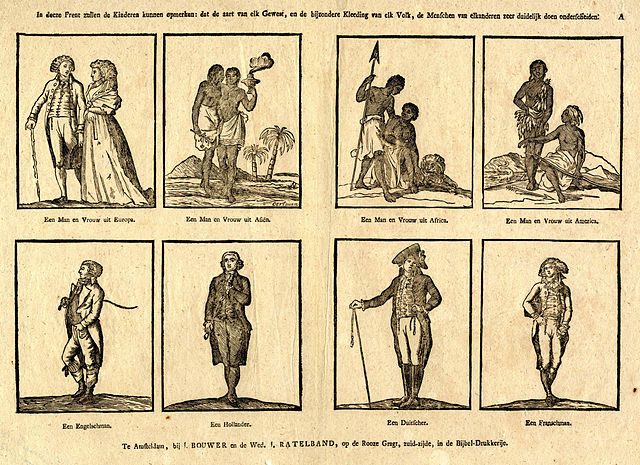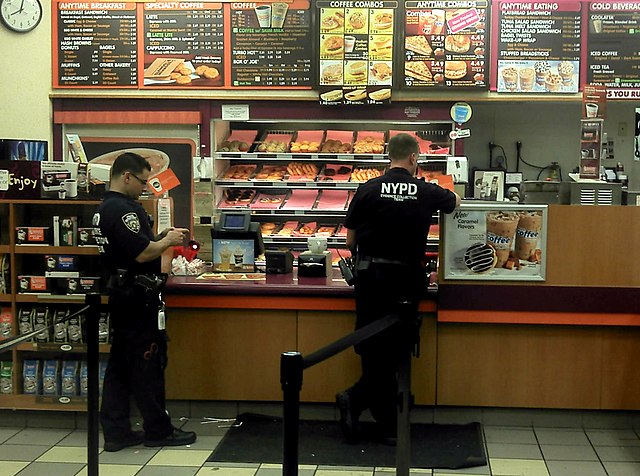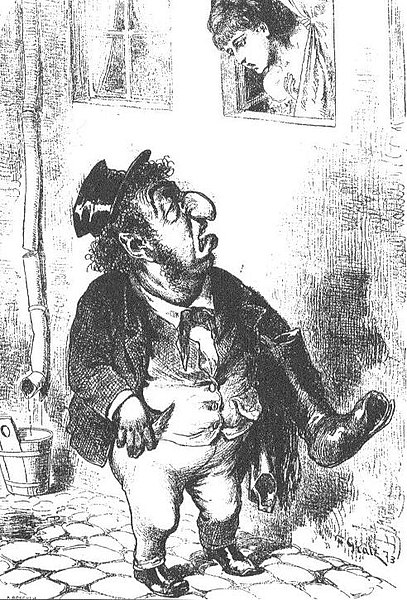Blonde stereotypes are stereotypes of blonde-haired people. Sub-types of this stereotype include the "blonde bombshell" and the "dumb blonde". Blondes have been stereotyped as less intelligent than brunettes. There are many blonde jokes made on these premises. However, research has shown that blonde women are not less intelligent than women with other hair colors.
Grace Kelly, an ice-cold blonde, in To Catch a Thief (1955)
Jean Harlow, the original blonde bombshell, in Riffraff (1936)
Jayne Mansfield in Kiss Them for Me. She modeled her image as a highly memorable "dumb blonde" persona.
Gentlemen Prefer Blondes starred Marilyn Monroe (left) as the blonde and Jane Russell (right) as her wise brunette friend.
In social psychology, a stereotype is a generalized belief about a particular category of people. It is an expectation that people might have about every person of a particular group. The type of expectation can vary; it can be, for example, an expectation about the group's personality, preferences, appearance or ability. Stereotypes are often overgeneralized, inaccurate, and resistant to new information. A stereotype does not necessarily need to be a negative assumption. They may be positive, neutral, or negative.
An 18th-century Dutch engraving of the peoples of the world
Police officers buying doughnuts and coffee, an example of perceived stereotypical behavior in North America
An antisemitic 1873 caricature depicting the stereotypical physical features of a Jewish male
A magazine feature from Beauty Parade from March 1952 stereotyping women drivers. It features Bettie Page as the model.








